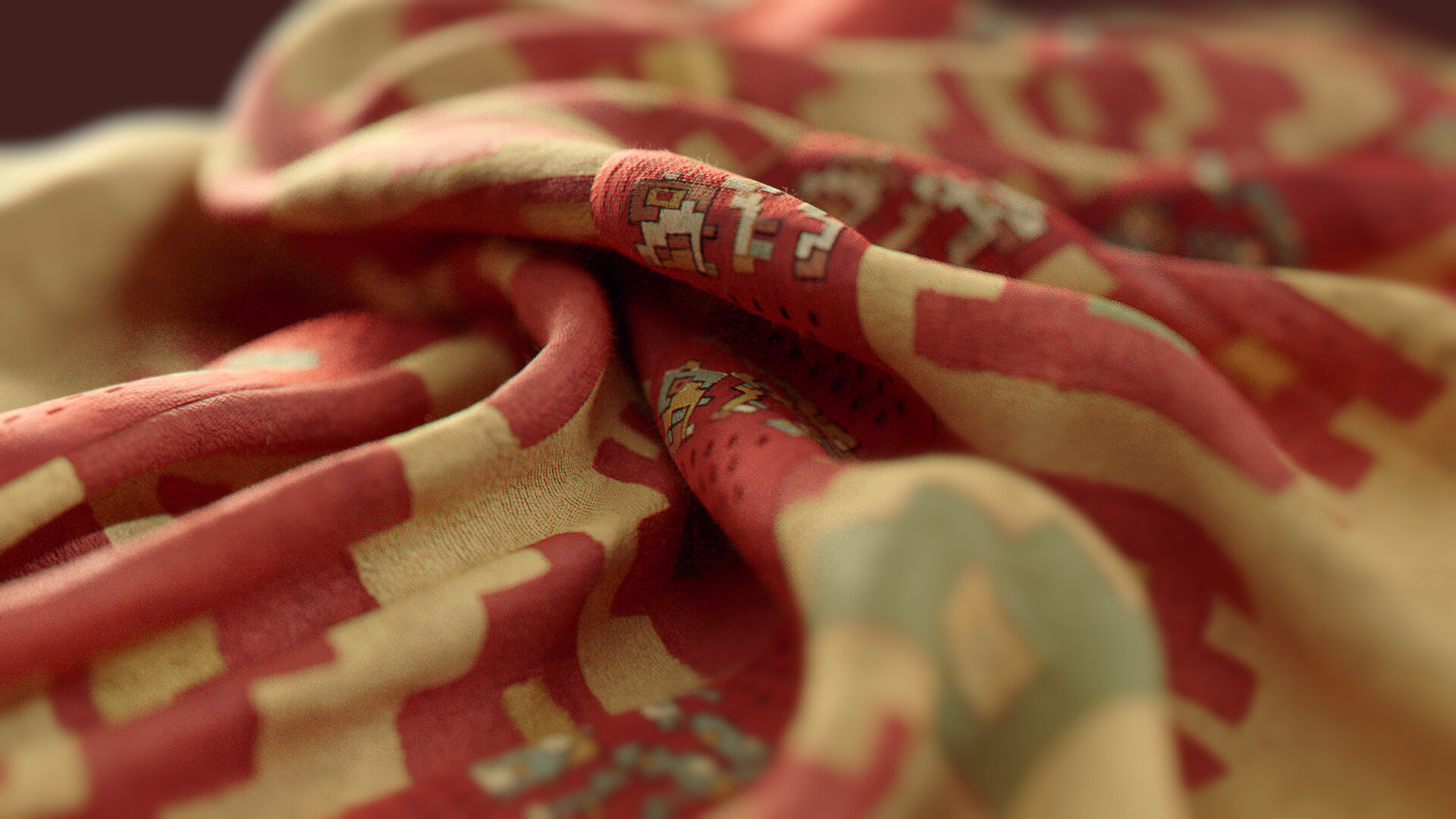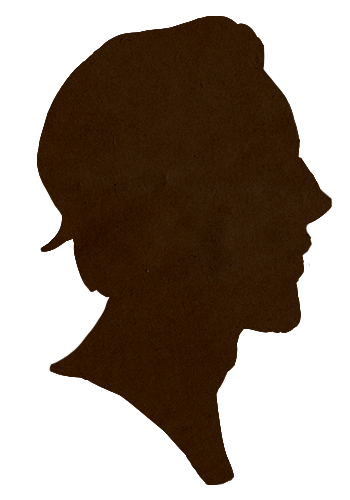Mud Men
Naming Traditions
Other names
Culture
Culture and cultural heritage
Mixed Blood
The mud people were an old culture that were widely spread across the mountain sides flanking the sacred valley in decentralized settlements. As time moved on, they intermarried other groups and evolved into newer peoples. In that way, their blood has continued to flow through the mountains.Smoggy Cloud Clan
Disgraced and exiled clansmen from beyond north were forced to emigrate far south as a means of escaping ruin. During their exodus, they encountered mud women who they brought south with them and aided in founding Na-Chisalt during the Munay Manqus Pacha.Dhani
Mud slaves, freed after the Kang collapse, established new towns during Nuna Ruruchina Pacha that grew relations with Canna. Overtime, nearby farmer families married each other into indistinguishable, but still close, communities:Coastal People
There were no shortage of peoples who settled the low-lying beaches and riversides outside the sacred and oasis valleys. Now, from the Nina Pillunya Pacha, these mix-blooded descendents of the "spontaneous generation" and the mud men include the:Shared customary codes and values
As far as we can tell, the Mud Men had no written laws. No singular state ever existed to enforce protection; except for the sake of custom. Whatever form it took was likely derived from a mix of religions. Religion bound everyone together and was the basis of power and authority.Each tribe, community or region carried their own god who was also that particular community's patron. Statutes of gods and goddesses were placed in places of distinction in their respective towns where offerings of textiles, beads, burnt seeds, carved wood and unbaked figurines were given.
Average technological level
Artificial Top Soil
Contemporary thinking states that the mud people were so beneath the advance Kang that they were ridiculously easy to conquer. It is this perception that named the conquered as 'Mud Men'. Any other name(s) that they may have called themselves were lost forever.The most iconic invention from the most ancient people is a means of agricultural soil management: mud soil. This is a light brownish soil made from a mixture of charcoal, bone, broken pottery, garbage and human urine/excrement to the low fertility valley soil. It is well believed that this fertile rich mud made settlement possible and realistically feasible.
Pillow-Faced Architecture
An innovation in construction where three-dimensional chunks of stone interconnect in unique configurations from loose bags of sand and gravel of varied sizes. These bags were initially made to conform to uneven cave walls. This made it easier to then be plastered over and painted. They were not originally load bearing. It is believed that the Mud Men devised this technique in imitation of the monumental architecture left behind by their Kang conquerors. In turn, the Kang's successor state would improve upon their innovation to make larger, earthquake resistant buildings entirely constructed from this technique.Common Dress code
Pleated Knotted Dress
A style of dress that incorporates a twisted knot that draws the eye to it. The knotted detail may be anywhere: in the front, the sides or the back. They were so distinctive, that the style was readopted 2000 years later by the Innoit; likely due to the similarity with knottery.Art & Architecture
Mud Figures
There are small humanoid and animal figurines whose purposes remains unknown. It is from a time before the development of pottery. Much of what is known of the Mud Men is taken from the scattered remains of their shaped-mud art. Mud people, being everywhere, possessed a bustling economy with access to shells, wood, medicinal plants, semi-precious stones and honey traded among them. However, there does not appear to be much trading of the figurines themselves, as grouping with similar features tend to be found conjugated around specific locations.Common Customs, traditions and rituals
Migrating Tribes
In the distant past, agricultural development was too primitive to sustain large settlements. Culture and society was either nomadic or semi-nomadic depending on the 50 year-long seasons. Many relied on hunting migratory birds, crustaceans and wild vicunas during years of flooding. Though they eventually came to domesticate llamas, alpacas, rodents and some fish in mountain settlements year-round, they still needed to occasionally move from one place to another due to shifting soil fertility.Funerary and Memorial customs
Funerary Masks
Mourners cover the deceased's face with sticky mud before parading them around the community while beating their chests. The body is taken to a funerary house where the mud mask is grafted onto the face. It is created from mud and straw that encases the head and shoulders to be molded into elaborate mock finery. Artists show corpses wearing great floral crowns bounded with ribbons, straight wigs and vertically striped or pleated garments on the shoulders. Deaths, where someone drowned or was attacked, are venerated with careful touching only by the priests.Common Myths and Legends
They had the misfortune of being the only other people in the Four Corners at the time, so faced the full brunt of their might alone.
Mud Pachakuti
A pachakuti is a cataclysmic overturning of the 'old way of thinking'. For the Mud Men, it was when the Kang emerged from the heights of Hananhallpa to dominate them. For 500 years, they were the subject to the Kangs' whims and wishes to varies effects.Major organizations
Archeological Sites
Ch'iquy
Ch'iquy was the culmination of several decades worth of artistic expression by mud artists who covered as much wall as possible with sculptor carvings. It is now the last place where full mud blooded people are found. It grew organically over hundreds of generations and may have only ever housed just over 800 people at its height. It also appears to have been abandoned and resettled multiple times.Cusp
The first human to descend the cavernous caves a thousand years ago. They eventually tailored the damp environment as a place on Cusp to grow their food.Diu Island
A castellate complex built over the river island's Kang ruin that provides a commanding view of Diu North and South.Other Sites
There are a number of mountain side towns with the lingual mark in their name or that had been renamed in the past. Much of these places are partly overseen by the Innoit Estate.| STR | 3d3 (Choose the lowest roll as modifier) |
|---|---|
| CON | 3d6 |
| DEX | 2d6+6 |
| INT | 3d6 |
| WIS | 3d6 |
| CHA | 2d3+3 |
| Armour | 3d6 |
| HP | 2d4+1d6 (9) |
| Speed | d10+10 ft |
The mud men are often spoken of in the same breath as the much more aggressive Kang. Though there are no Kang descendants left to exult their ancestors. Indeed, the drama of the Kang expansion so greatly overshadows the more passive mud people. Even the modern mud descendants prefer listening to the Kang exploitation of their own ancient ancestors.
The 'Millennium of Mud' is the thousand year period that predates the beginning of formal history writing. But we really only call it a 'thousand' because its just a vague memory in the people's oral history. And historians have long gotten used to recording the time period as the tens' of ten's in our number system. In truth, there is archeological evidence the era might have been 50 times longer.









This was so detailed and easy to follow! There are so many linked articles, it's inspiring me to spend a little more time and get some articles done to link to my own entry. I'll have to check out more when I have time!